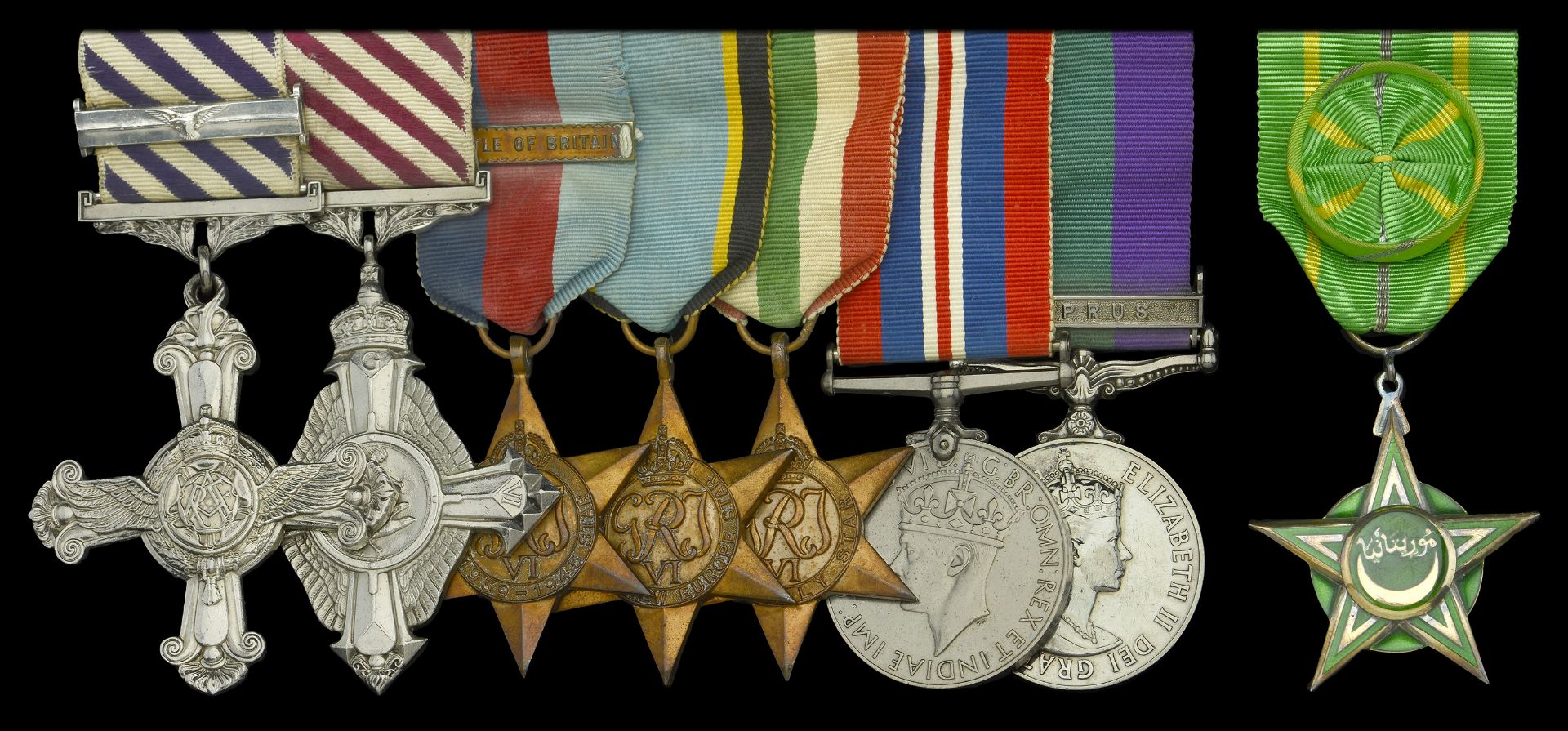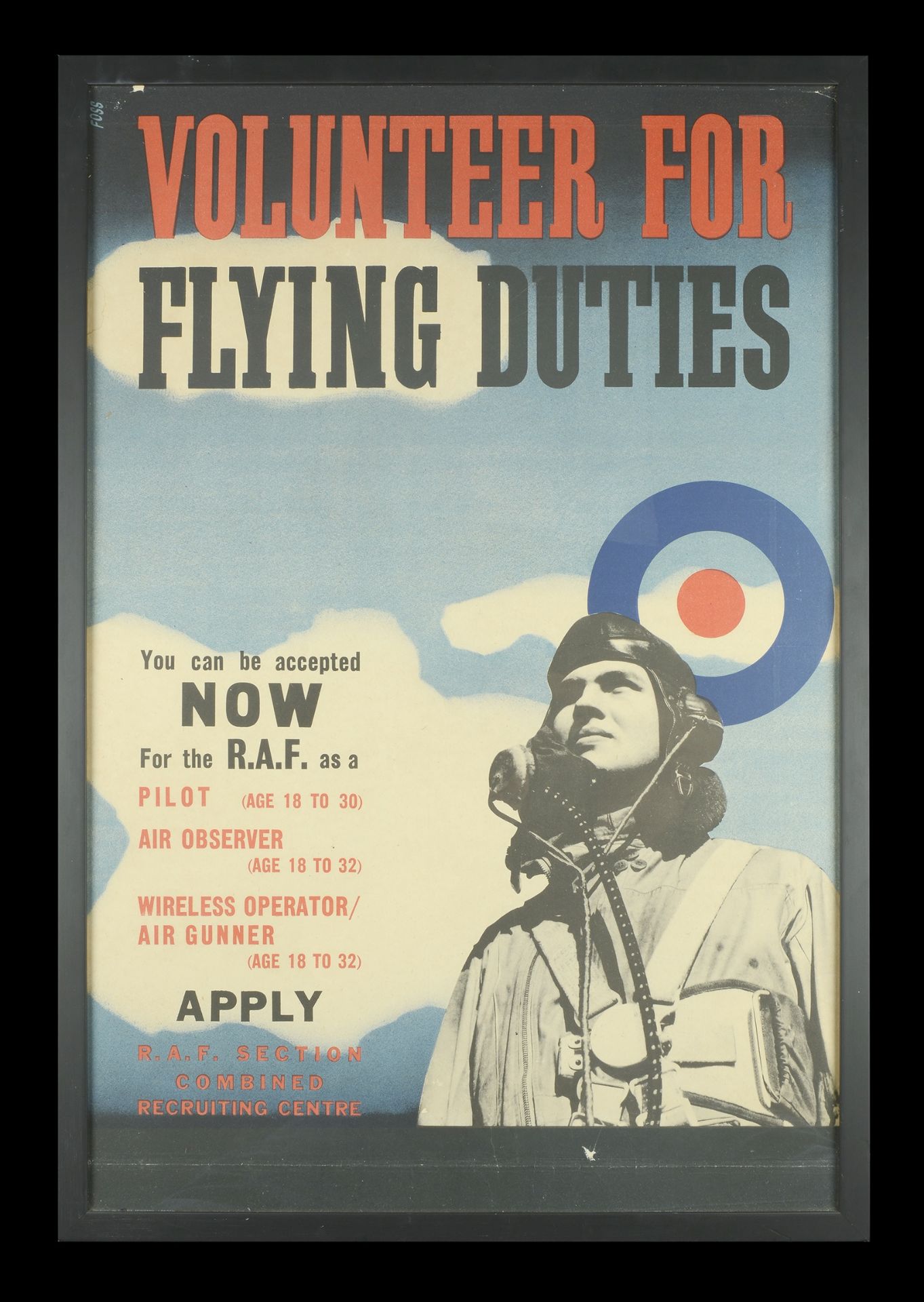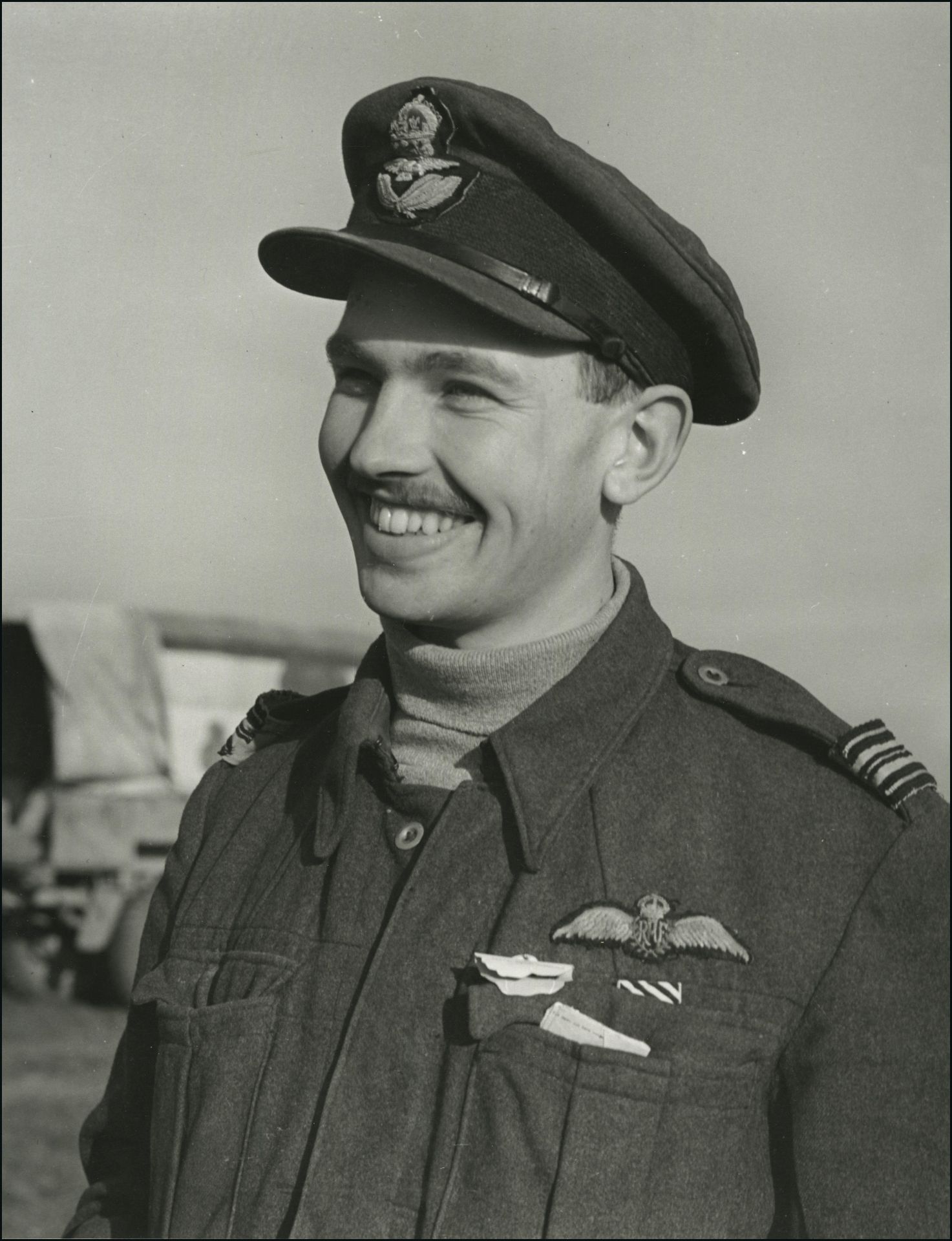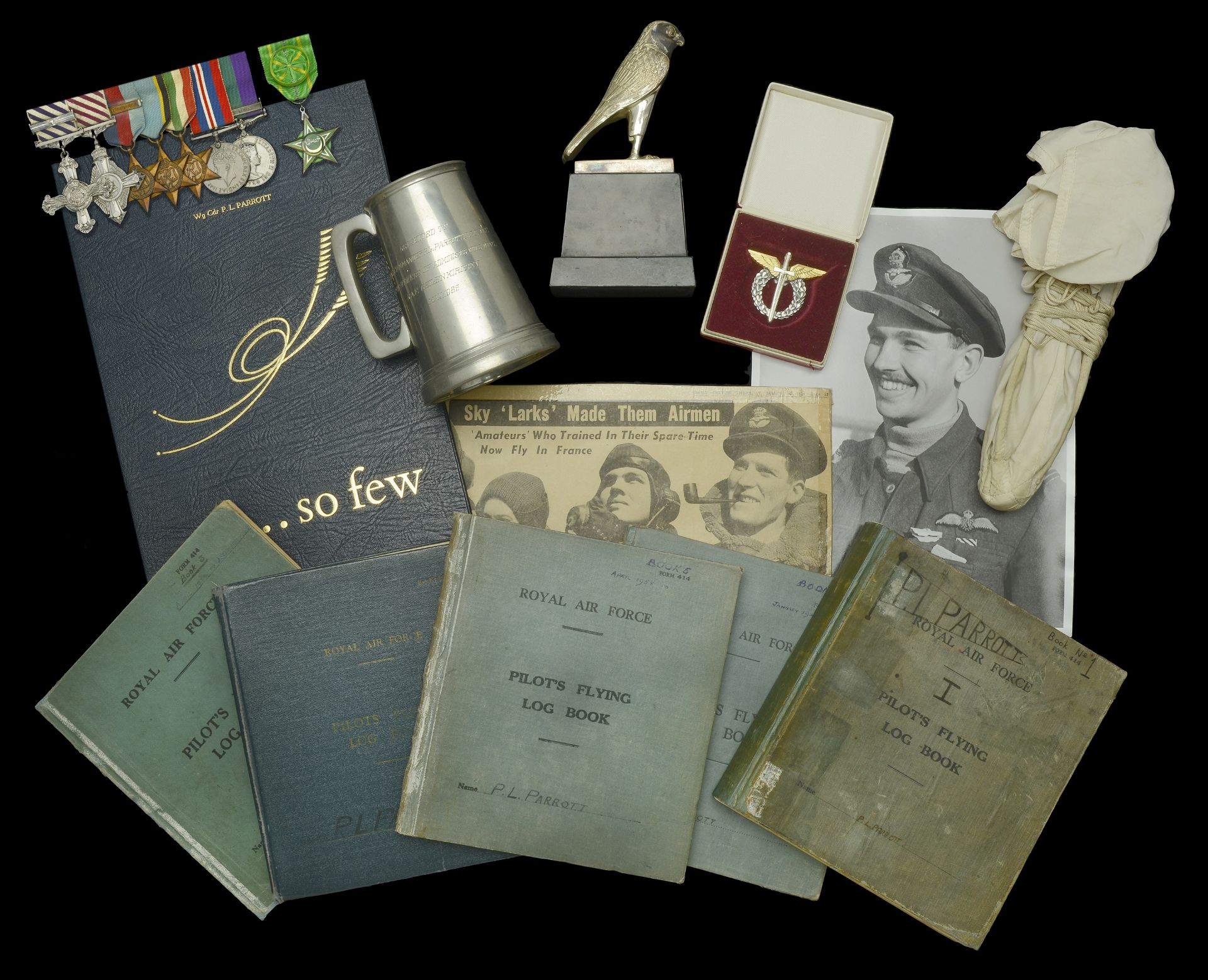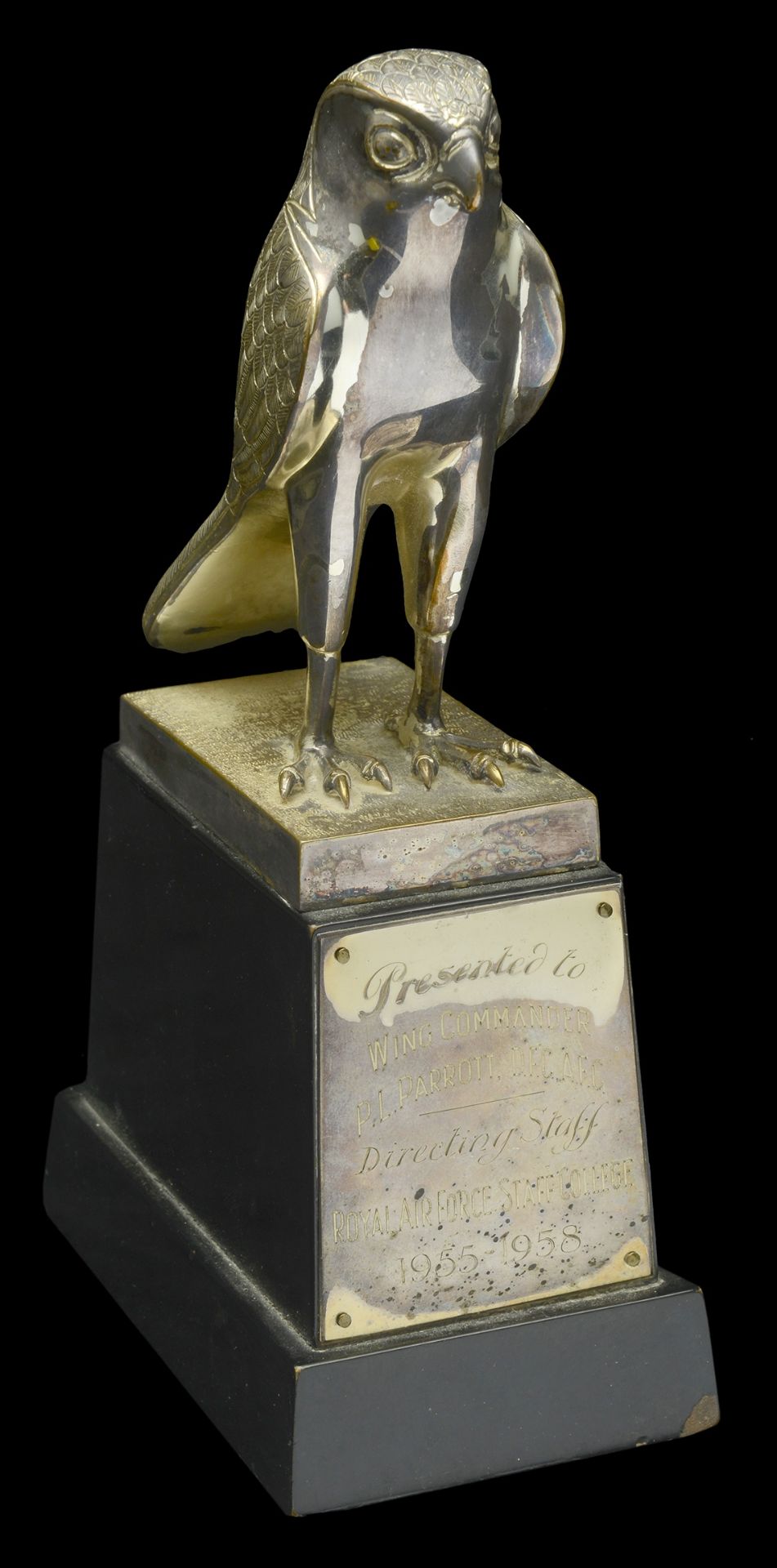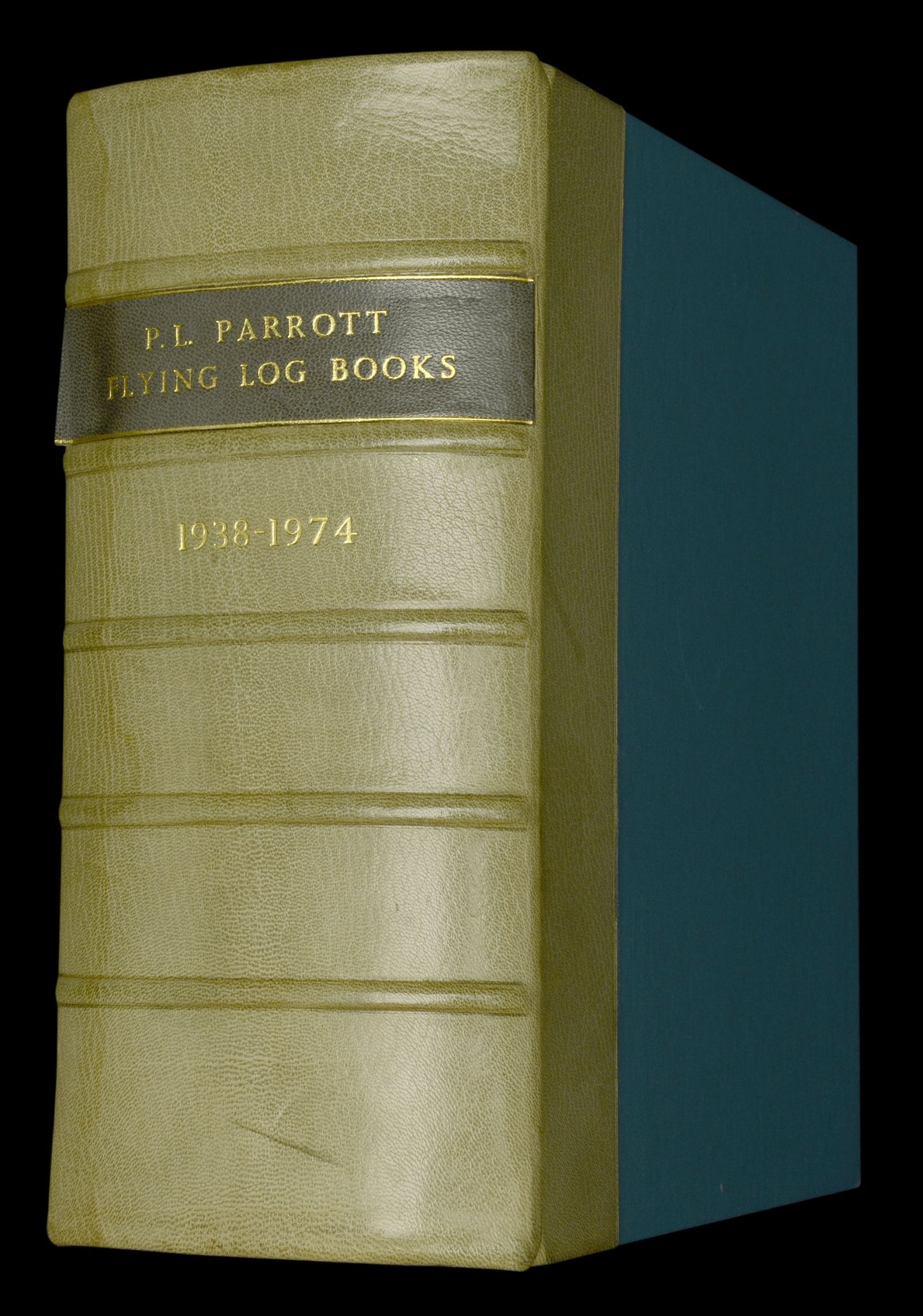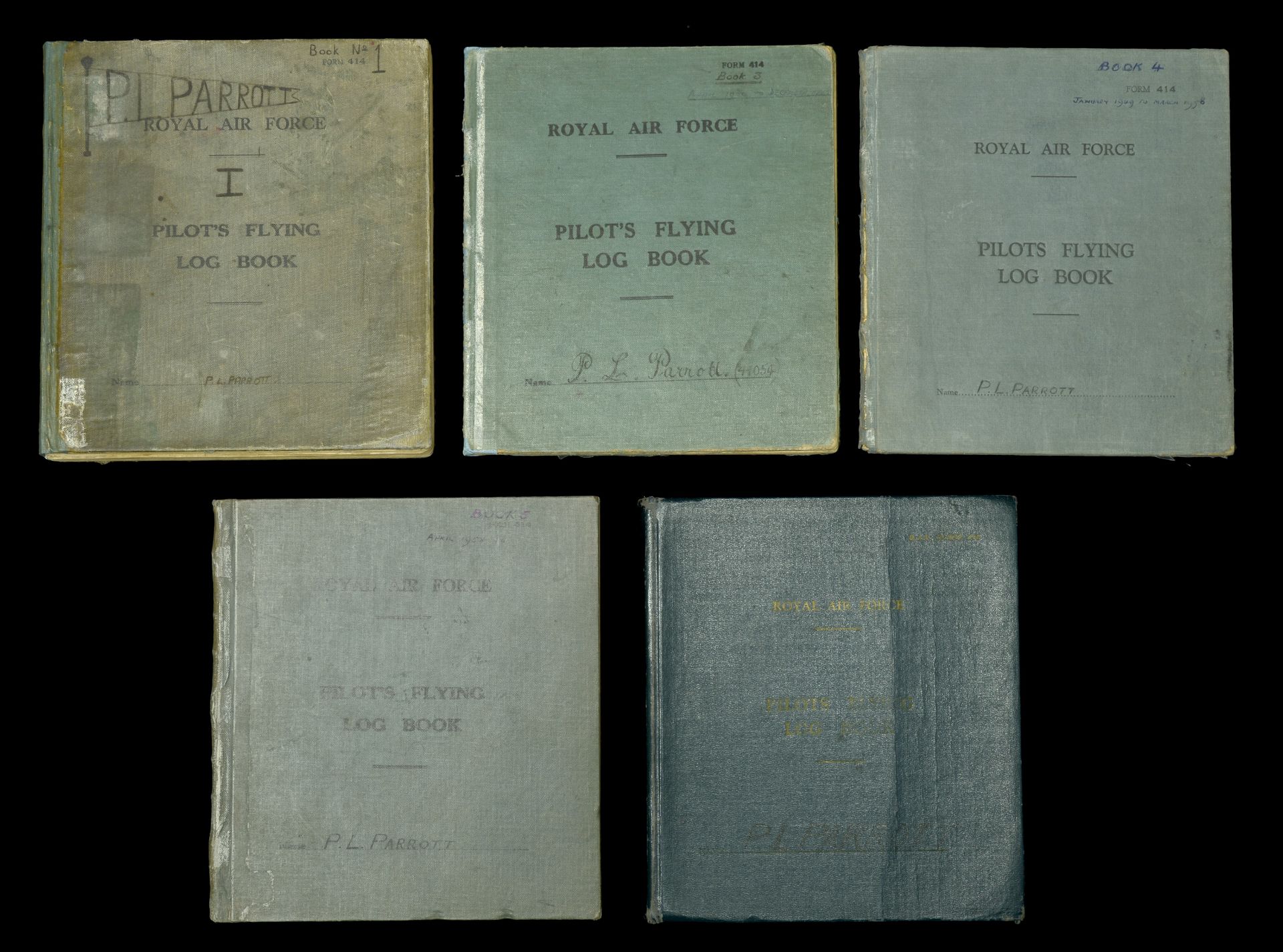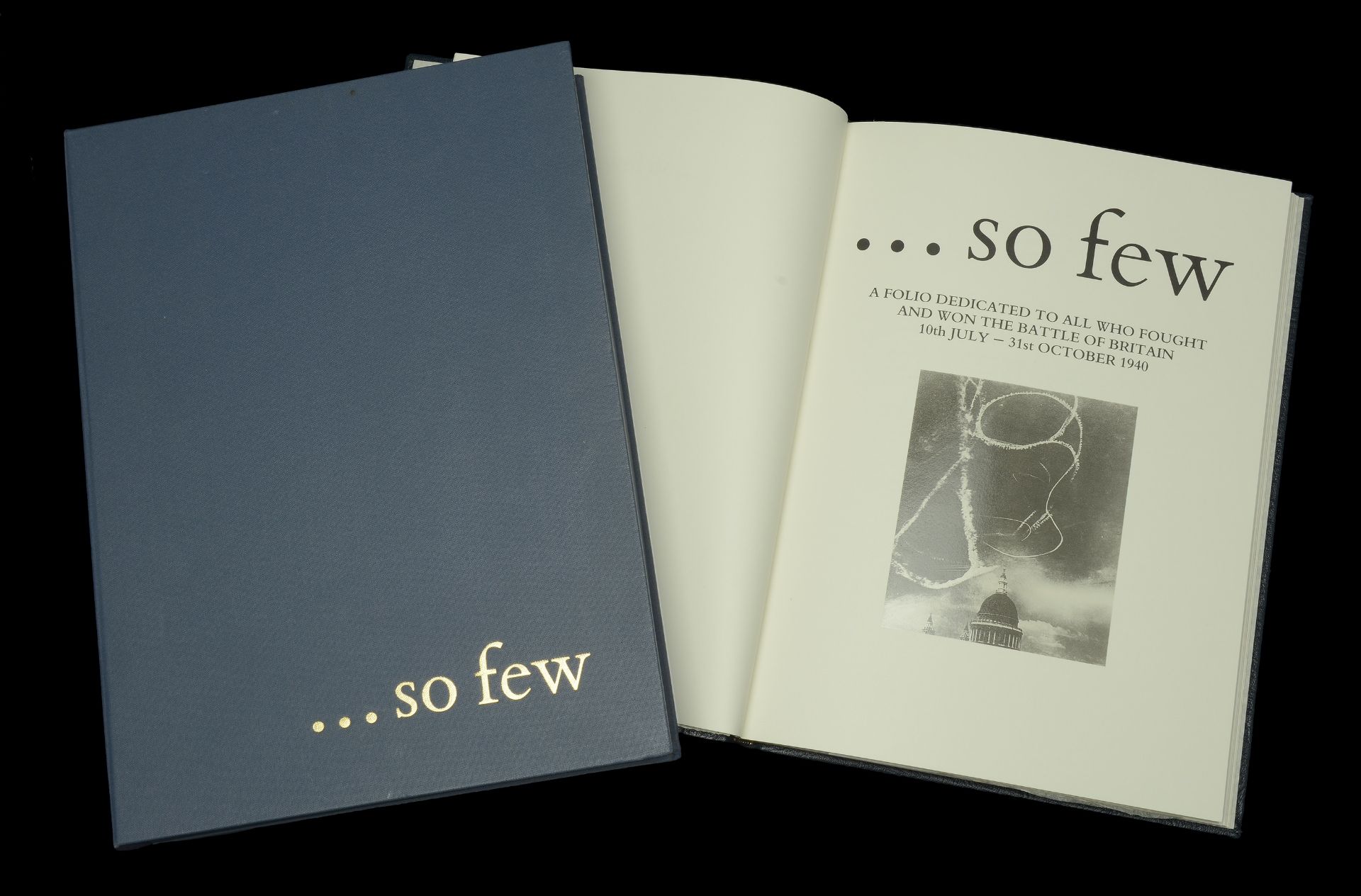A fine Battle of France and Battle of Britain Fighter Ace’s 1940 D.F.C. and 1945 Second Award Bar, ‘Test Pilot’s’ A.F.C. group of eight awarded to Hurricane and Spitfire pilot, Wing Commander P. L. Parrott, Royal Air Force Volunteer Reserve, who nearly achieved ‘Ace’ in a day status during his first aerial combats, 10 May 1940. Aged just 19, Parrott went on to fly with 607 (County of Durham) Squadron during the Battle of France, and with 145 Squadron over the beaches of Dunkirk. He was shot up whilst in combat with a He. III over Dunkirk, 26 May 1940, managing to limp home across the Channel and crash land in a field on the south coast. Parrott went on to distinguish himself during the Battle of Britain whilst operating out of the Tangmere Sector, the high point of which being when he shot down 2 enemy aircraft, 8 August 1940, ‘our first view of the convoy near St. Catherine’s Point was of Ju 87’s in their bombing dives. Above the Ju. 87’s were the escorting Bf 109’s and farther to the south-east were two more large formations of enemy aircraft approaching the convoy - a formidable sight. I had already taken part in the Battle for France, and patrolled over Dunkirk during the evacuation, but I had never before seen so many aircraft in the sky at once.’ A remarkable year continued when Parrott’s photograph, taken during the Battle of France, was used for a recruiting poster - thus providing one of the iconic Royal Air Force images of the Second World War, and literally making him the poster boy of the R.A.F. This only being ‘topped’ by Parrott being shot down, whilst serving as a ‘Weaver’ with 605 (County of Warwick) Squadron, 1 December 1940: ‘Looking down, the ground seemed to be coming up remarkably quickly. I was swinging from side to side but had no time to try pulling the shrouds to stop the swing before I slammed into the ground, on about the third downward swing, falling on my right leg and shoulder. I felt half stunned.... I opened my eyes and found I was lying on the grass.... I was at this time not sure whether I was still in this world or had already passed on to the next. I did not really care much either way....’ Parrott flew Spitfires over Sicily and Italy, and commanded 43 and 72 (Basutoland) Squadrons. After the war he was employed as a test pilot, and flew early Vampire and Meteor jets, and in retirement he even managed to have brushes with Colonel Gaddafi and Idi Amin Distinguished Flying Cross, G.VI.R., reverse officially dated ‘1940’, and additionally engraved ‘F/O. P. L. Parrott. September’; with Second Award Bar, reverse officially dated ‘1945’; Air Force Cross, G.VI.R., reverse officially dated ‘1952’; 1939-45 Star, 1 clasp, Battle of Britain; Air Crew Europe Star; Italy Star; War Medal 1939-45; General Service 1918-62, 1 clasp, Cyprus (Wg. Cdr. P. L. Parrott. R.A.F.); Mauritania, Order of Merit, Officer’s breast badge, silver-gilt and enamel, in A. Bertrand, Paris case of issue, British awards mounted as originally worn, light contact marks overall, therefore generally nearly very fine or better (lot) £80,000-£120,000 --- D.F.C. London Gazette 22 October 1940: ‘This officer has been continuously engaged in operational flights against the enemy since January, 1940. He has displayed great determination and keenness and has destroyed or severely damaged at least six hostile aircraft.’ D.F.C. Second Award Bar London Gazette 20 March 1945: ‘Squadron Leader Parrott is now engaged on his second tour in the Mediterranean Area. He has also completed a previous tour from England. Since the award of the Distinguished Flying Cross he has completed numerous sorties and has destroyed at least one enemy aircraft. He has led his squadron with skill and determination. During the landing at Anzio, his squadron engaged and drove off a large number of enemy fighter-bomber attacks, contributing materially to the successes achieved by his squadron. In all Squadron Leader Parrott has destroyed at least 6 enemy aircraft.’ A.F.C. London Gazette 1 January 1952. Peter Lawrence Parrott was born in Aylesbury, Buckinghamshire in June 1920, and educated at Lord Williams’s Grammar School. After school, ‘I was an office boy in the Bucks County Council offices at the County Hall in Aylesbury. Although officially graded as a ‘junior clerk’ I was still an office boy, and I did not enjoy the work: licking stamps, filling inkwells, addressing envelopes and changing the blotting paper every Monday morning before the senior staff arrived. My elder brother, Tim [see following lot], had already taken a pilot’s short service commission in the Royal Air Force. His life was full of interest, travel, learning new skills and seeing new things. He was also being paid significantly more than my salary of £50 per annum. After eighteen months of the Buckinghamshire County Council at the age of 17 1/2, I was old enough to apply to the Air Ministry for a four-year short service commission and, after exercising considerable persuasiveness on my mother to obtain her consent, I sent in the application.’ (The Pilot In The Poster Peter Parrott, by R. Parrott refers) A Life Less Ordinary - 607 (County of Durham) Squadron and the ‘Weekend Fliers’ Parrott made it through the selection process, and armed with a short service commission carried out his initial flying training at No. 1 E&R F.T.S., Hatfield from June 1938. He was posted to No. 11 F.T.S, Shawbury in September 1938, and after completing his training went to No. 1 Armament Training School at Catfoss, 30 March 1939, towing targets. Parrott was posted as a staff pilot to No. 1 Air Armament School Manby in September 1939. He was then posted to No. 11 Group Fighter Pool at St. Athan on 28 December, converted to Hurricanes and then: ‘With a total of 300 hours flying I was the most experienced pilot of my course and, presumably for this reason, I was selected [January 1940] to fill the one posting for a squadron in France which was part of 11 Group Fighter Pool. I was the envy of my fellow students. Having flown a number of hours in the Henley I would have no problem flying Hurricanes..... We set off at dusk in the pouring rain and reached France in the late evening. Rather surprisingly we were allowed ashore but had to return to the ship by midnight. This must also have been a surprise to the ship’s company as there was no provision for dinner or supper that evening or for breakfast the following morning. However, this was no great loss as I joined forces with a few other people and we made the rounds of the Cherbourg bars that evening and were soon past caring whether we had supper or not. The next morning for related reasons we were not interested in breakfast! I reported to the Railway Transport Officer and told him that I was to report to the No. 607 (County of Durham) Squadron, please where was it and how did I get there. I was pleasantly surprised to find that he had my name on a list and I was told that the squadron was at Vitry-en-Artois. For all that it meant to me it might have been in Timbuktu.... In late afternoon I arrived at Vitry-en-Artois. There was thick snow on the ground and two feeble oil lamps lighted the station. Apart from an elderly stationmaster the place seemed to be deserted. In broken French I enquired the whereabouts of “le RAF” and was directed to a small hotel facing on to the station yard. This had been requisitioned for the Officers’ Mess for the wing head quarters and the two squadrons, No. 607 (County of Durham) Squadron and No...


















